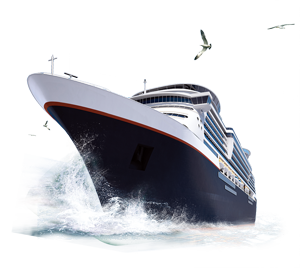
Main Avenues of Crimea's Development within the Russian Federation

Main Avenues of Crimea's Development within the Russian Federation
(compared to 2014 when Crimea was a part of Ukraine)
(Background information)
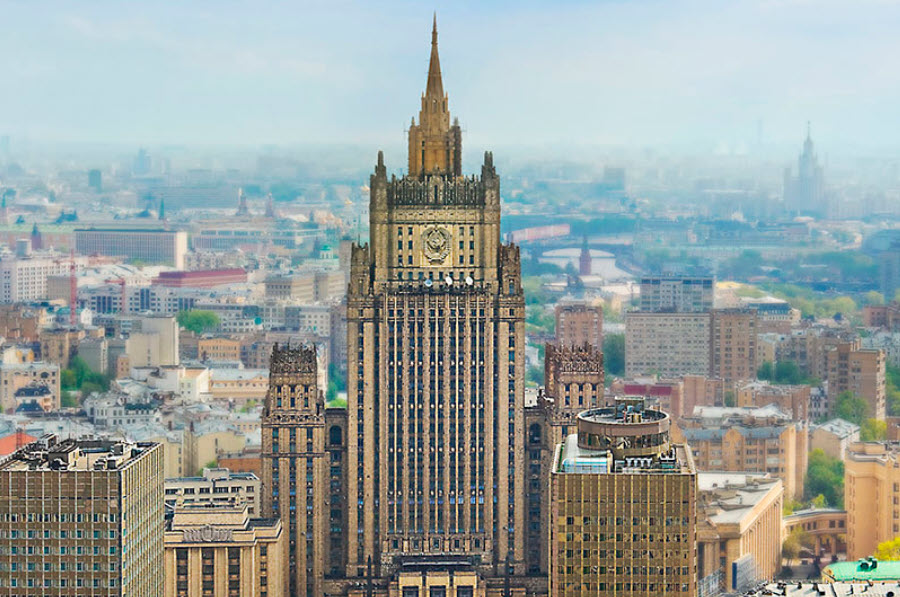
The structural integration of the Republic of Crimea (RC) and the federal city of Sevastopol into the Russian Federation has been finalized. The region's legislation has been harmonized with the federal law. Crimea is one of the most dynamically developing Russian regions.
Despite the challenging legacy of the period when Crimea was a part of Ukraine that led to the poor state of the majority of the key assets, and notwithstanding the Western sanctions, Crimea's social and economic situation is steadily improving. Though the peninsula is currently aligning its indicators with all-Russia average ones, its growth rates are among the highest in the country. Positive developments are noted in almost all main economy sectors of Crimea. Regional budget revenue is steadily increasing (it has tripled since 2014), residential development and industry are gaining momentum, agriculture is showing signs of recovery, and traditionally important resort and tourism industry is flourishing. In 2019, foreign trade turnover of the Republic of Crimea increased by almost 20 per cent compared to the previous year.
The Federal Special Purpose Programme “The Social and Economic Development of the Republic of Crimea and the City of Sevastopol until 2024” with a budget of about 1 trillion rubles has been implemented since 2015; it aims to redress imbalances in regional development, upgrade the living standards and the rate of economic development of Crimea to national indicators, as well as to establish conditions conducive to sustainable economic growth in the peninsula and effectively use tourism and recreational capacity. The main focus areas include the full development of the energy complex, resolution of the water supply issues, and improvement of transport infrastructure (upgrading the road system, operationalizing ports and ensuring reliable connectivity with mainland Russia).
The positive atmosphere of inter-ethnic and inter-confessional relations continues to prevail in the peninsula. According to survey by the Russian Public Opinion Research Centre published in 2019, the vast majority of Crimeans (89 per cent) stated that there were no inter-ethnic conflicts in the peninsula, and 93 per cent of respondents described inter-ethnic relations as positive.
Re-registration of citizens' associations, including religious organizations, has been completed. Federal and regional authorities work towards promoting cultural, religious and other interests of all national minorities in Crimea, including Crimean Tatars, enshrined in the Constitution of the RC.
Living standard
Since Crimea's reunion with Russia, real wages of people working in the public sector as well as pensions and allowances have increased and approached the national average. As of October 2020, the average wage is 32,400 rubles (450 USD), while in 2013 it was less than 2,700 hryvnias (335 USD). Since 2015, unemployment level in the RC has dropped from 7.2 per cent to 5.5 per cent, in Sevastopol – from 8.3 per cent to 4.1 per cent. The consumer market offers food sufficient in terms of volumes and variety (one third is supplied by local Crimean producers). At the same time, prices of basic commodities, including food, have risen. The cost of utilities, housing and rent has risen as well. In that light, unfortunately, Crimea is still at the bottom of the list of Russian regions by per capita income.
Accelerated development focused on improving living standards of Crimean residents remains the key objective of social and economic development. In total, about 60 per cent of republican budget revenue is allocated to social projects in healthcare, education, and culture. Schools and pre-school institutions are built rapidly: it is expected that waiting lists for kindergartens will be no longer needed by 2022.
Housing and industry
The Federal State programme “Affordable and Comfortable Housing and Utilities for Citizens of the Russian Federation” is carried out in Crimea. The implementation of major projects in the transport and energy infrastructure over the recent years has brought about a surge in construction: industrial construction grows every year, apartment houses are commissioned at an accelerated pace. In 2019, 782,000 square meters of housing were brought into operation, significantly more than expected.
Since January 2015, industrial construction in the RC has almost doubled, in Sevastopol – increased 2.5 times. Industrial production continues its upward trend, many enterprises have been upgraded. The share of industry in the gross regional product (GRP) in Crimea has increased from 10 to 18 per cent, while GRP on the whole has more than doubled since 2014. Industrial orders have almost doubled since 2014 as well. However, their distribution among enterprises is not equal, so there are plans for the near future to give more orders to such enterprises, in particular, as building and repair yards.
Free economic zone
There is a free economic zone (FEZ) in the territory of Crimea, with 1,704 registered economic entities, over 1,760 signed investment agreements, projects with declared investments of about 150 billion rubles, over 66,000 created jobs. Major investment areas are agriculture, construction, industry, resorts and tourism, and transport. FEZ participants are covered by a tax incentive programme until 2040.
Energy
In response to "energy blockade" of Crimea by Ukraine in 2015, interim schemes were promptly established to supply power to the peninsula: hundreds of mobile higher-capacity generators were brought in, the so-called “energy bridge” was created – supply cables and a cross-country twin gas pipeline were extended from Kuban’ through the Kerch Strait.
To date, the problem of power supply to Crimea has been successfully resolved. In order to ensure a generating capacities surplus and to end Crimea's energy dependence on Ukraine, in 2019 two thermal power plants – Balaklavskaya TPP (Sevastopol) and Tavricheskaya TPP (Simferopol district), each equipped with 2 foreign-made gas turbines (235 megawatt), were put into operation. Sakskaya CHP Plant (120 megawatt) has become operational, the first CHP plant fully produced in Russia in the post-Soviet era. In 2019, the Republic of Crimea reached the capacity to generate 1,800 megawatt with peak electricity demand of 1,100 megawatt.
Water supply
After the North Crimean Canal was shut off by Kiev in 2014, safe and secure water supply has represented the only problem not yet completely resolved. To ensure stable water supply to the peninsula, 100 kilometers of new water pipelines have been constructed, multi-pipe water conduits are to be completed in 2020 to replenish the North Crimean Canal and overcome the after-effects of its shut-off by Kiev. By 2030, a programme with a budget of 36 billion rubles to improve water quality in Crimea is expected to be carried out as well. The funds will go to the (re)construction of sewage disposal plants, diversion facilities, and water pipelines. Resource-saving irrigation systems are introduced in agriculture, more crop areas are receiving drop irrigation.
Transport infrastructure
Since 2015, over 950 kilometers of roads were repaired in Crimea, and 2,000 more kilometers of roads are to be upgraded by 2024. According to a survey conducted by the Russian Public Opinion Research Centre, 76 per cent of drivers noted the improved condition of the region's roads, while in 2014 the level of road surface wear was 80 per cent.
The opening of the Crimean Bridge, constructed in record time, for road traffic in 2018 has significantly benefited the socio-economic development of Crimea. It overtook most of freight and passenger traffic, serving about
60 per cent of all incoming transport. In 2019, over 3 million vehicles (including 34,000 buses and 550,000 trucks) crossed the Crimean Bridge. In 2019, Crimean railway bridge was opened, and passenger railway traffic was initiated, on 1 July 2020 freight traffic was initiated.
In August 2020, Vladimir Putin, President of the Russian Federation, participated in the opening ceremony of the Tavrida Highway (Kerch – Sevastopol, about 250 kilometers long, construction costs amounted to 149 billion rubles).
The opening of Simferopol International Airport in 2018, officially named after Ivan Aivazovsky, significantly facilitated passenger flow to the peninsula. The new terminal is designed to handle up to 10 million passengers per year (received over 3.5 million passengers in 2019).
Tourism and recreation
The growth of the tourist flow to Crimea noted over the recent years continued and reached 7.43 million people in 2019, 9.3 per cent more than in 2018 (during the period when Crimea was a part of Ukraine, it was visited by about 5.5 million tourists annually; in 2014, the peninsula was visited by less than 4 million people). Due to the opening of the Crimean Bridge for road and railway traffic, the number of tourists coming to Crimea has risen by nearly 25 per cent. The structure of the tourist flow has changed significantly: today 85 per cent of tourists are Russian citizens (while before 2014 only half of the tourists were Russian). More and more Russians visit Crimea off-season for health improvement. In high season, Crimean health resorts had an occupancy rate of 80 per cent, with 92 per cent in some regions.
Education
Within the Ukrainian system of general education, "Russian" as a school subject was taught as a "second foreign language". But in fact, it remained the language of instruction for 96 per cent of Crimean and 98 per cent of Sevastopol's schoolchildren. In addition, more than 95 per cent of students living on the peninsula chose it when entering higher education.
In the Ukrainian Crimea, in order to maintain the network of schools/kindergartens using Russian as the language of instruction/education for activities of local organizations of Russian compatriots, their representatives developed a system of annual surveys/written applications for parents of schoolchildren/kindergarteners dealing with the language of instruction/education. Nevertheless, in fact, the results of the surveys had to be constantly defended. Eventually, the Ukrainian authorities, showing disregard for the actual “language environment” on the peninsula, established about 150 schools (out of a total of 600) "with two languages of instruction" by 2014, as well as a number of "national classes" in Russian-language schools. In practice, the best and most spacious educational facilities (mostly in urban areas) were occupied by "bilingual" schools. As a result, more than half of Crimean students and kindergarteners were affected by the campaign of "creeping" forced Ukrainianization.
Following the reunification of the peninsula with Russia, the Constitution of the Republic of Crimea enshrining three State languages (Russian, Crimean Tatar and Ukrainian) established a clear and democratic legal framework for their equal development, protection and use.
A separate regulation, State Programme of the Republic of Crimea for Educational Development, is being successfully implemented. Construction of new schools (about 30), kindergartens (over 50; including modular ones, up to 100) is underway. The existing educational facilities undergo repair and reconstruction. There is a high-quality development of physical infrastructure going on for Crimean education system on the basis of new (increased) Russian standards, which consists of several subprograms – "School Bus" (including the renewal of fleet vehicles), "School Canteen" (including free meals) and others, which did not take place in the period when Crimea was a part of Ukraine.
Since the vast majority of parents would choose Russian as the language of instruction for their children following Crimea's reunification with Russia, the bulk of the so-called "bilingual schools" regained their former status as Russian-language schools. Moreover, it is noteworthy that schools which used Crimean Tatar as the language of instruction during the period when Crimea was a part of Ukraine are still there (the list has even expanded over time). New textbooks were published in the Crimean Tatar language (some 70 titles) in a short period of time and staff training continued (in higher educational institutions and on refresher courses for teachers). There has been an increase in the number of Crimean Tatar children learning their native language (as a subject, as an elective or as other options specified in school curricula).
Against this background, we see a decline in the use of Ukrainian as the language of instruction. The thing is that, according to the 2014 census in Russia (a sort of "snapshot" of the period when Crimea was a part of Ukraine), almost 80 per cent of Ukrainians in Crimea and over 86 per cent of Sevastopol's residents said they considered Russian their native language and used it in everyday life. The level of Russian language proficiency among Ukrainians and Crimean Tatars is approximately the same, 99.4 and 99.8 per cent, respectively.
In the 2019/2020 school year, there were 16 schools providing a full cycle of education and 22 schools with classes using Crimean Tatar as the language of instruction (a total of 354 classes or 6,406 students). There is one school which uses Ukrainian as the language of instruction and, additionally, 3 classes in other schools (206 students in total). The Ukrainian language as a subject is currently studied by 5,621 students, Crimean Tatar - by 31,190 students, Armenian - by 114 students, Greek - by 174 students, German - by 61 students, and Bulgarian - by 44 students.
By comparison, since 2014 Ukraine has so far failed to provide any language courses or publish textbooks in the Crimean Tatar language ("Krymuchpedgiz" publishing house is located in Simferopol). "Nezalezhnaya" has no network of schools/kindergartens, as such, using Crimean Tatar as the language of instruction/education (in Kherson oblast, there are reportedly only about 20 such classes in six schools).
Culture. Youth Policy. Sport
Various cultural strategies and projects have been implemented since 2015 as part of federal targeted programmes (including physical training, art, and protection of heritage of the peoples of Crimea). A large-scale three-year programme is underway to reconstruct and completely overhaul 70 rural (starting from 14 regional centres of the Republic of Crimea) cultural centres, art schools, and out-of-school educational centres working with children and young people. Physical infrastructure of cultural institutions is under renovation (which did not take place in Ukrainian Crimea for several decades in a row).
The restoration of the most important historical and cultural complexes of the Republic of Crimea is gaining momentum – Vorontsov Palace and Park, Livadia and Miskhor (Yalta), as well as the East Crimean (Kerch) and Bakhchisaray Historical and Cultural Reserves.
The implementation of the State Programme "Development of Culture, Archival Science and Preservation of Cultural Heritage of the Republic of Crimea" is underway. The archives stored in Crimea, due to its colourful historical past, its role and place in Russian history, are unique and special. Unfortunately, this science has been abandoned, including funding, for the last thirty years of its existence. In recent years, the situation has been significantly rectified, since archives enjoy renewed physical infrastructure, the republican archive has been completely overhauled, and the Committee for the Protection of Cultural Heritage of the Republic of Crimea which supervises these activities has been incorporated into the Ministry of Culture of the Republic of Crimea.
Plans are being implemented at the federal level to create an all-Russian "major cultural cluster" in Sevastopol (for example, there will be museum and exhibition complexes, branches of the Bolshoi and Mariinsky theatres, as well as a museum and patriotic centre), and construction of cultural facilities at Cape Khrustalny has started. A large-scale project worth 120 billion roubles (funded by Rosneftegaz) is expected to be completed in 2023.
Interethnic relations
The representatives of multi-ethnic Crimea themselves consider the Presidential Decree of 12 September 2015 "On measures for the rehabilitation of the Armenian, Bulgarian, Greek, Italian, Crimean Tatar and German peoples and state support for their revival and development" to be a basic achievement in the sphere of interethnic relations. The document focuses on a set of measures to give additional impetus to the social development of these Crimean peoples and ethnic groups, which they were completely unable to secure during all the years when Crimea was a part of Ukraine. The Crimean Tatars are also fully covered by the RSFSR Law No. 1107-1 of 26 April 1991 "On Rehabilitation of the Repressed Peoples" and the RSFSR Law No. 1761‑1 of 18 October 1991 "On Rehabilitation of Victims of Political Repressions".
Under the federal target program, the State program of the Republic of Crimea is being implemented with a view to strengthening the unity of the Russian nation and ethno-cultural development of the peoples of Russia "The Republic of Crimea – Territory of Interethnic Harmony" (through the State Committee for Interethnic Relations of the Republic of Crimea). Its target expenditures are quite impressive (over 10 billion rubles over a five‑year period) and are aimed at providing housing and other social services to the Crimean residents belonging to the rehabilitated peoples.
Since 2014, more than 10,000 land plots have been allocated to those who were previously repressed on ethnic grounds for individual housing construction, around 45,000 square metres of housing have been commissioned and around 50,000 square metres of housing (mostly in urban areas) are under construction, around 1,000 farmsteads in rural areas have also been purchased. Around 30,000 rehabilitated persons have been entitled to benefits (electricity, water, gas, utilities and taxes, fare discounts for all transport and free use of urban transport). In comparison, the resolution of all these issues in Ukrainian Crimea was simply not considered at the State level.
Previously, as part of their cultural and ethnic policy, the Ukrainian authorities did not undertake to create a dedicated Crimean Tatar TV channel. A separate Crimean Tatar editorial staff (20-25 people) operated on the Ukrainian budget-funded Crimea TV and radio company, as well as on the ATR private TV channel (around 40-50 people, currently broadcasting from Kyiv in a truncated mode, experiencing, according to the staff members themselves, financial difficulties and stagnation).
Today, there are more than 150 people working for the budget-funded Crimean Tatar TV channel Millet/Narod (together with Radio Vetan/Rodina) (high-quality programs in Crimean Tatar are broadcasted). There is a national program department with national editorial offices broadcasting in Armenian, Bulgarian, Greek, German and Ukrainian. The channel has established satellite TV broadcasts to most of the territory of Russia, as well as to Eastern European and Central Asian countries, mainly Turkic-speaking ones.
Ethnic Ukrainians and Crimean Tatars, along with Russians, are represented in government bodies (especially in the executive branch, including law enforcement). Moreover, representatives of the Crimean Tatar people even slightly prevail within the State institutions and agencies responsible, to give an example, for interethnic relations in Crimea.
The positive solutions offered by the Russian State to the pressing issues of Crimean Tatars after 2014 were clearly indicated by real actions in the interests of a group of people from among them, who had long lived in Crimea, actually without any rights or social guarantees. As a result, 4,000-5,000 people, including children, were naturalized (received Russian citizenship).
The elections held in Crimea in 2019 at all levels have become a confirmation of the stability of ethno-confessional situation on the peninsula. There has been a significant increase in the number of Crimean Tatars in the regional and local deputy corps, compared to the period when Crimea was a part of Ukraine. The community and its leadership, previously actively incited to anti-Russian demarches by the Mejlis of the Crimean Tatar People, banned in the Russian Federation, have become much more active in delegating its representatives to governmental structures.
Activities of religious organizations
In recent years, an atmosphere of inter-confessional harmony has developed in the Republic of Crimea and the city of Sevastopol, reinforced by the active participation of religious associations in the public life of the peninsula. There are around 800 communities registered in the region, including around 100 in Simferopol, which are fully guaranteed the right to freedom of religion in the framework of the existing federal legislation and relevant international legal obligations of the Russian Federation.
Inter-confessional peace is largely facilitated by the development of a dialogue through the Council "Peace is God's Gift", which provides a platform for a consolidated discussion of the agenda of all Crimean believers and the elaboration of proposals to improve the mechanisms of interaction between the State and confessions.
Local ethno-sociologists and religious experts note that Russian federal and regional authorities have indisputable merit in the registration of about a hundred Crimean Tatar religious buildings that were illegal before 2014 (constructed usually on seized plots of land and without any documents). Approximately the same numbers are awaiting licensing (constructed with violations; located in various protection zones, easements, etc.). About fifty plots of land have already been allocated for the construction of mosques in rural areas. All these issues, as a rule, were not resolved by the previous Ukrainian authorities and were delayed for many years.
The long-standing squatting by Crimean Tatars, during the period when Crimea was a part of Ukraine, of land for the peninsula's main mosque in Simferopol has also been legalized. At present, the Muftiyat Main Cathedral Mosque (with a capacity of around 4,000 people) is nearing completion there. It is being built entirely with voluntary donations and is under the patronage of the President of the Russian Federation. It is planned to put it into operation in 2021. Once built, the mosque will become one of the largest Muslim places of worship in the territory of Crimea and all of Eastern Europe (western Istanbul geographically refers to Southern Europe).
During the period when the peninsula was a part of Ukraine, 100-120 people made the Hajj every year (without any assistance from the authorities). In recent years, the number of pilgrims has multiplied, reaching 975 in 2019 (a total of 2,800 in 2014-2019). The Hajj contributes to further successful integration of Crimean Muslims into the ummah of the Russian Federation.
Crimea Digest
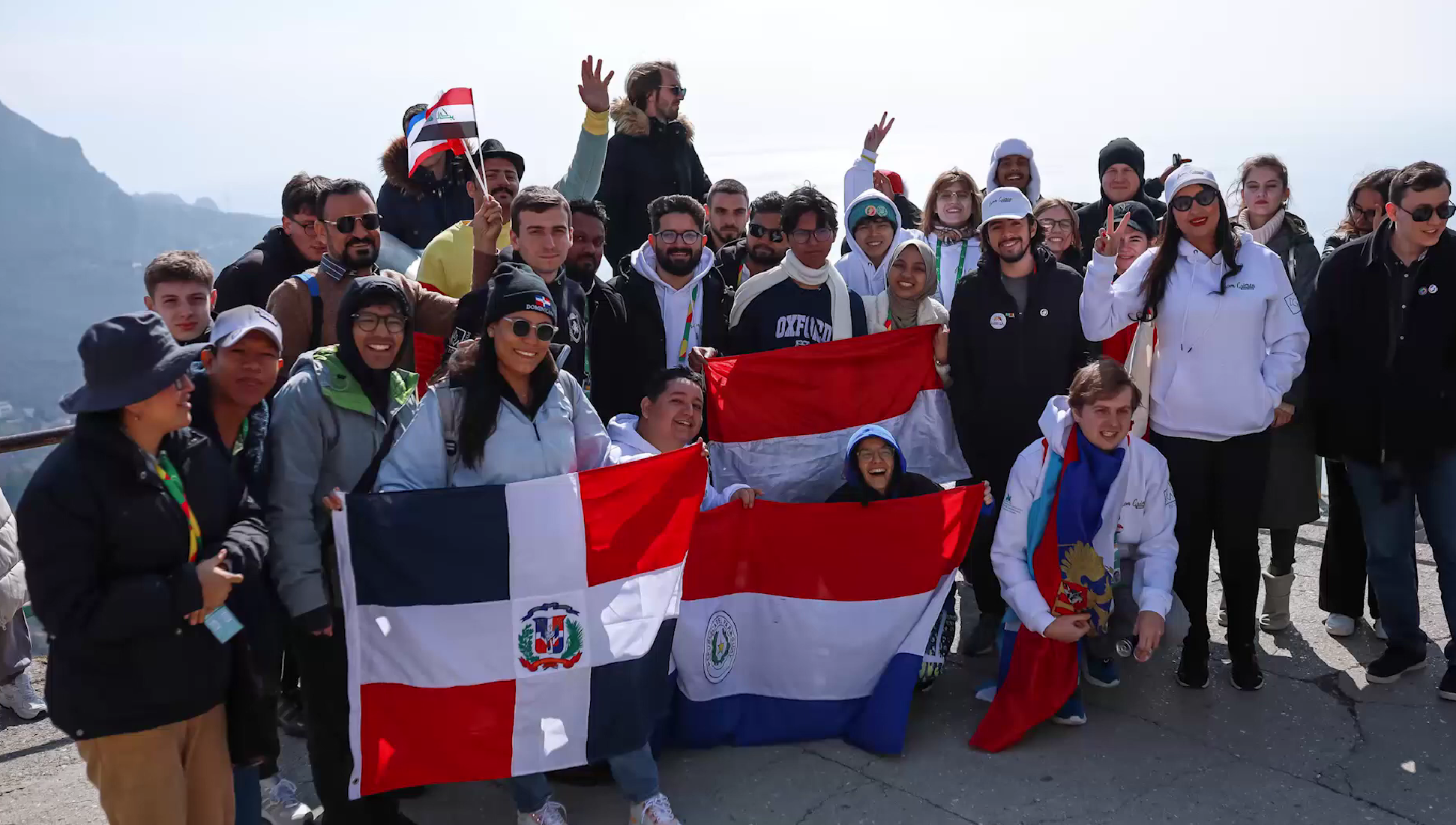
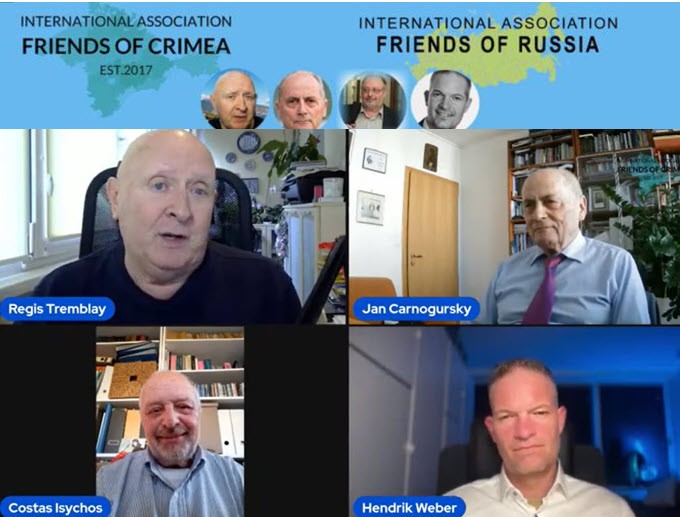


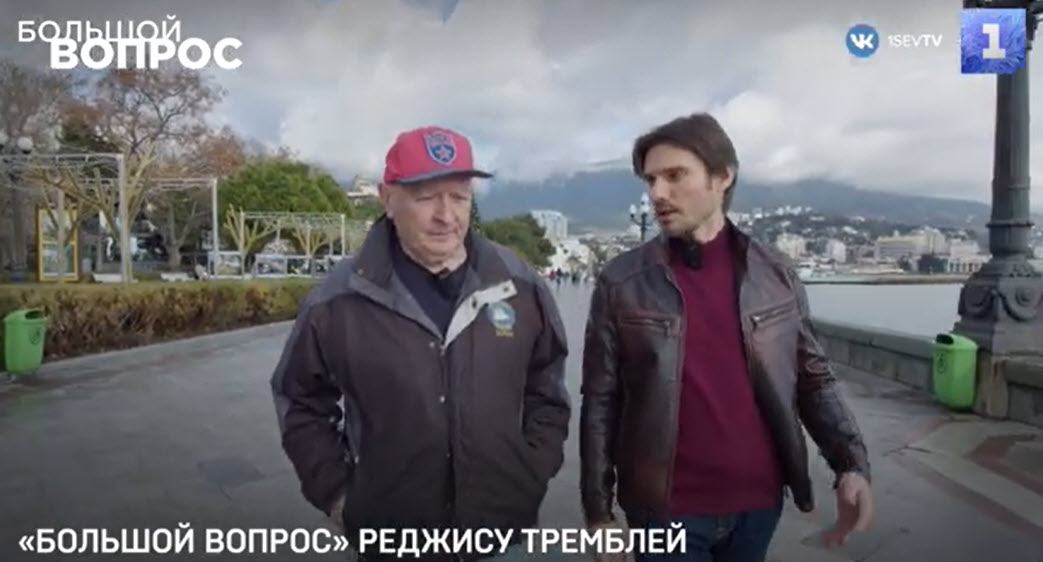
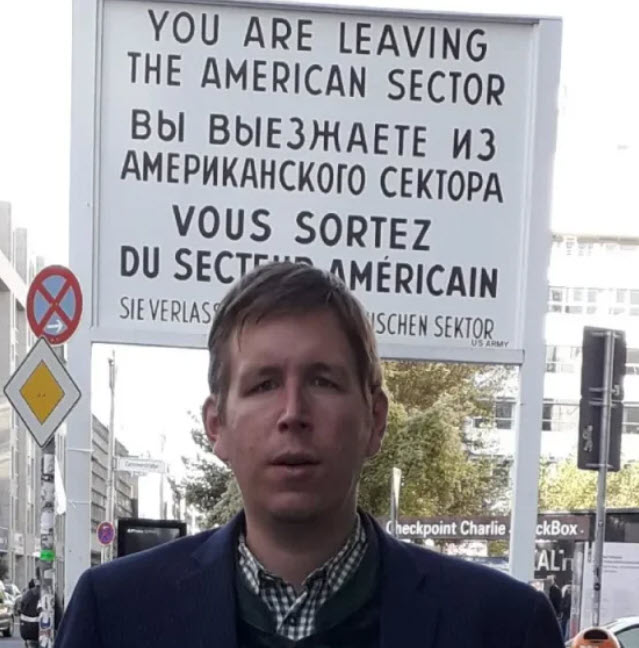

Chinese citizens have more personal freedom than people in the West

